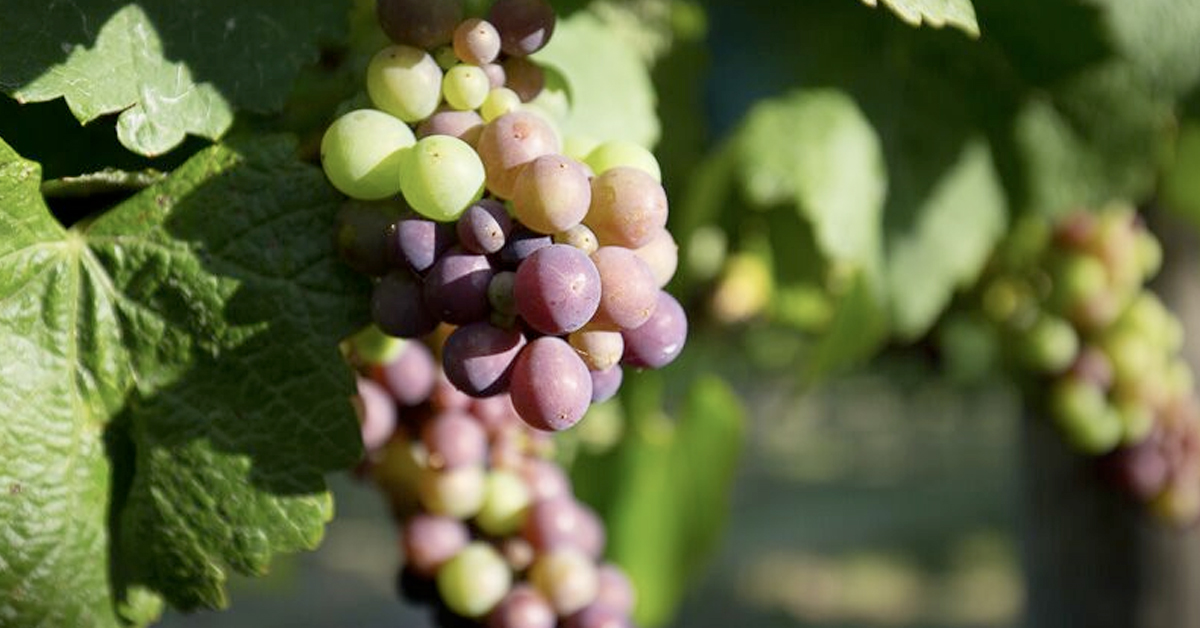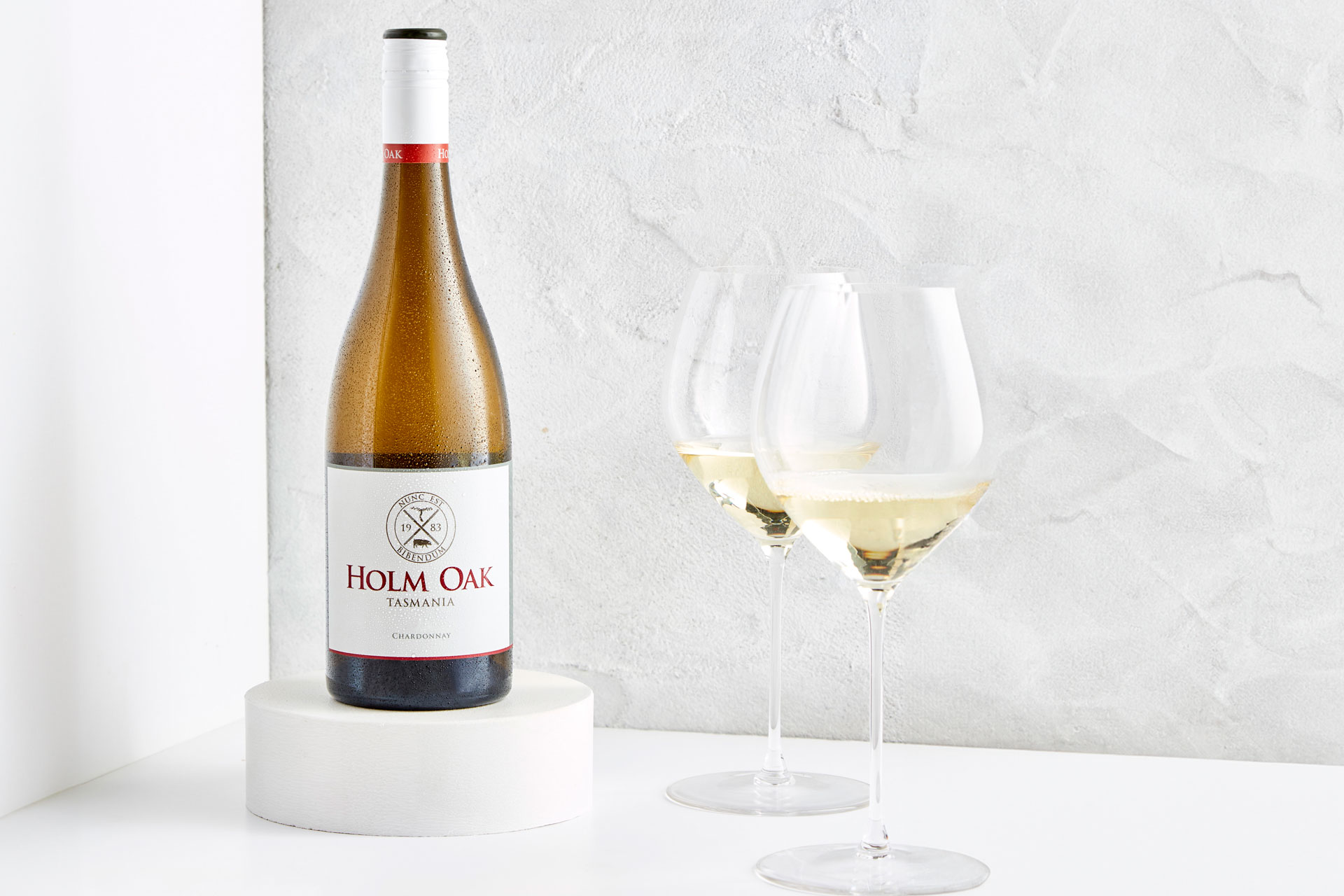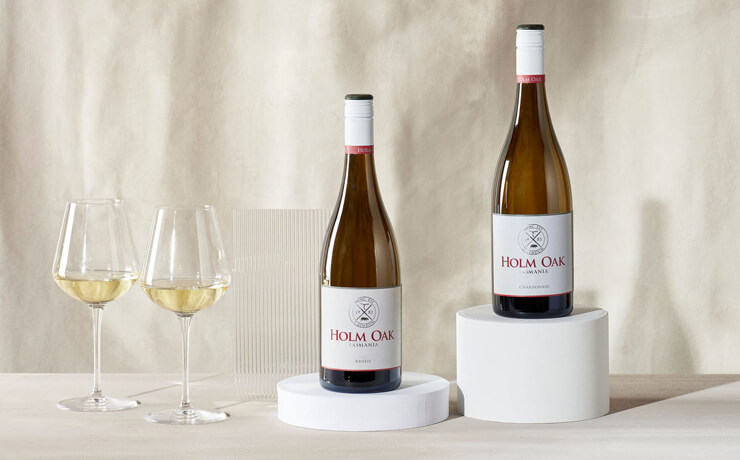What’s the difference between Pinot Gris and Pinot Grigio?

There’s no denying that Pinot Gris/Pinot Grigio has quickly evolved to become a popular white wine of choice over the last few years. It’s now one of the fastest growing white wines, behind Sauvignon Blanc.
What makes Pinot Gris different from Pinot Grigio?
When faced with the choice on a wine list, the question is often asked “What makes Pinot Gris different from Pinot Grigio?” or “Why don’t they taste the same?” Well, it is not because they are made from different grapes. In fact, they are crafted from the same grape variety. There is no genetic or DNA disparity whatsoever.
The Pinot Gris grape is a close relative of Pinot Noir and has greyish-blue, light-purple coloured grapes. Despite its appearance, it is officially a white grape. Its grey tinge explains its name; gris means grey in French, and it has its origins in France.
It is known as Pinot Gris in France and is most commonly cultivated in the Alsace region. This style of wine leans towards being a rich, full-bodied expression because it is made from riper grapes. Its mouthfeel can be oily or viscous thanks to the extra sweetness and occasional use of barrel fermentation. Pinot Gris wines are fabulous paired with food, teaming well with roast meats, pâtés and even creamy pastas. Examples with a good spice kick marry well with spicy Southeast Asian dishes.
Across the border, in Italy, the same grape variety is known as Pinot Grigio, where it’s generally harvested earlier than its French sibling. The resulting wine is subsequently much lighter bodied, lower in alcohol, drier and crisper with uncomplicated, lean flavours. Pinot Grigio suits salads, antipasti, seafood, cold meats, crudités – foods that possess less complicated flavours. It could be described as ‘easy drinking’.
Which is sweeter?
Pinot Grigio often tastes less sweet than other white wine because of the high acidity. If you’re looking for a sweeter style it comes down to how the winemaker has produced the wine, but sometimes Pinot Gris is a little more generously flavoured and complex and some styles have a touch of sweetness. It does depend on where the wine has been made. Confusing to know what you’ll get in the bottle, right?
Australian Pinot Gris and Pinot Grigio
In Australia, both styles are made. Once considered an ‘alternate variety’, Pinot Gris and Pinot Grigio are now mainstream varieties. Its friendly flavours of pear, apple and tropical fruits are backed by a gentle yet firm touch of acidity. These merge to make the perfect date at your table, especially when there’s food.
Some Australian winemakers are experimenting with skin contact, which gives the wine a pink-ish hue and is more textural as tannins from the grape skins are imparted into the wine. In natural wine circles, Pinot Gris grapes are a popular choice when making pétillant-naturel or pét-nat – a cloudy, fizzy wine with zingy, yeasty flavours.
Tasmania is fast gaining a reputation for its cool-climate Pinot Gris. A cooler climate suits this grape variety as the natural acidity as well as the aromatics are retained in the resulting wines. Pinot Gris sometimes has a reputation for being a little lacklustre and in warmer climates the acidity can be lost due to quick ripening. This is not a problem in Tasmania where we can make fragrant, vibrant styles of Gris with light, natural acidity. Thisives the wines great balance and makes them versatile food wines as well as great to drink on their own.
At Holm Oak, our Pinot Gris is one of our members’ favourites over the summer months. It’s made in the typical Pinot Gris style. The current vintage has beautiful lifted pear and jasmine aromatics with a powerful palate and complexity as a result of wild ferment. It has a lovely, crisp natural acidity and a slightly oily texture in the mouth. We like to drink it with scallops.



